Dismiss the TDA2822 - it's a power amplifier, doesn't stand the voltage that your rails provide, not pin compatible.
All the others will take the rail voltage. The NE5532, LM358 and JCR4558 are also pin compatible, so could just drop into a socket or board footprint. While you could use the LM324 (very similar to the LM358), you would need to wire it differently. You could use the uA741, and it would work for a proof of principle device, but it's not pin compatible, it's a very old design which is not specified for noise, the output slews like a slug, and it just isn't as good in all departments as newer amplifiers.
The former three all have sufficiently low bias current to work with the bias shown.
- The LM358 has similar voltage noise at 1 kHz to the TL072, and takes 1 mA supply current for two amplifiers.
- The JCR4558 is considerably quieter, and takes about 3 mA.
- The NE5532 is the quietest of all, and takes about 10 mA. Take your pick.
edit - thanks to frog in comments. The LM358/LM324 has an output stage that's fine for DC, but if used for AC output introduces nasty crossover distortion. This can be alleviated by putting a pulldown resistor on the output to ensure unidirectional output current from the amplifier, see for instance this SO Q/A, but that seems a lot of effort and quiescent current to spend, when you have alternatives.
edit2 - There is a significant difference between the TL072 and your alternative amplifers. The TL072 is a FET based one, so has much lower bias and offset currents, and typically a higher voltage noise and lower current noise. This is where it's important to consider the circuit an amplifier is used in, rather than just comparing data sheet specifications. Given the impedances used in your circuit around the amplifiers, the advantages of the TL072 are not really being used, and the bipolar amplifiers will substitute as well or better.
One of the problems of the 741 was its lack of specifications, and relatively high noise. Although the 4558 says it is 'electrically similar' to the 741, it's clearly not two 741s in a dual package. There is a 3 to 4 improvement in the typical slew rate for instance, always a weakness with the 741. The specified noise for the 4558 is not bad, at 8 nV/rtHz at 1 kHz, only double that of the 'low noise' 5532, and close to the 6 nV of the esteemed OP275. Although the 741 noise isn't specified, if you have ever heard cheap audio equipment from the last century that sprinkled around these newly-usable 741 op-amps, you'll know how intrusively noisy they are.


